<h4>We are pleased to announce the 2<sup>nd</sup><strong> High Temperature Superconductor Accelerator Technology (HiTAT-2) Workshop</strong>. HiTAT-2 is organised within the framework of the European H2020-I.FAST project - WP8 Innovative Magnets. It follows <a href="/event/775529/">WAMHTS-5 (Budapest, 11-April 13, 2019)</a>, an event under the umbrella of the H2020-ARIES project, and the 1<sup>st</sup> HiTAT Workshop (<a href="/event/1220254/">CERN, 9-10 March, 2023</a>). </h4>
<h4><strong>HiTAT-2 will be held on 23<span style="mso-highlight: yellow;">-24</span> October 2025 at CERN in the Kjell Johnsen Auditorium (Building 30/7-018).<br></strong></h4>
<h4>The focus of the program is on REBCO coated conductor magnet technology for accelerators, i.e. post HL-LHC high energy colliders, and for beam lines and hadron therapy applications.</h4>
<h4>The main topics that will be discussed are: conductor and cables, magnet design and associated technology, specific R&D. The Workshop also aims at elaborating a community publication on HTS R&D for accelerator magnets. </h4>
<h4>Participation in the Workshop is by invitation only and is free of charge.</h4>
<h4>Participants should cover the cost of their travel and accommodation. </h4>
<h4>We look forward to meeting you at CERN.</h4>
<h4>Chairs:</h4>
<h4 style="margin-bottom: .0001pt; margin-right: 0cm; margin-top: 0cm;"><span style="mso-ansi-language: EN-US;">Amalia Ballarino, CERN</span></h4>
<h4 style="margin-bottom: .0001pt; margin-right: 0cm; margin-top: 0cm;"><span style="mso-ansi-language: EN-US;">Lucio Rossi, INFN & University of Milano</span></h4>
<h4 style="margin-bottom: .0001pt; margin-right: 0cm; margin-top: 0cm;"> </h4>
<h4>Program Committee:</h4>
<h4 style="margin-bottom: .0001pt; margin-right: 0cm; margin-top: 0cm;"><span style="mso-ansi-language: EN-US;">Amalia Ballarino, CERN</span></h4>
<h4 style="margin-bottom: .0001pt; margin-right: 0cm; margin-top: 0cm;"><span style="mso-ansi-language: EN-US;">Lucio Rossi, INFN & University of Milano</span></h4>
<h4 style="margin-bottom: .0001pt; margin-right: 0cm; margin-top: 0cm;"><span style="mso-ansi-language: EN-US;">Bernhard Auchmann, PSI & CERN</span></h4>
<h4 style="margin-bottom: .0001pt; margin-right: 0cm; margin-top: 0cm;"><span style="mso-ansi-language: EN-US;">Anna Kario, University of Twente </span></h4>
<h4 style="margin-bottom: .0001pt; margin-right: 0cm; margin-top: 0cm;">Thibault Lecrevisse, CEA </h4>
<h4 style="margin-bottom: .0001pt; margin-right: 0cm; margin-top: 0cm;"><span style="mso-ansi-language: EN-US;">Carmine Senatore, University of Geneva</span></h4>
<h4 style="margin-bottom: .0001pt; margin-right: 0cm; margin-top: 0cm;"><span style="mso-ansi-language: EN-US;">Yifeng Yang, University of Southampton</span></h4>
<h4 style="margin-bottom: .0001pt; margin-right: 0cm; margin-top: 0cm;">Valerie Brunner, CERN (administrative support)</h4>
Thursday
23 Oct/25
08:00
Ends: 24 Oct/25 17:00
Ends: 24 Oct/25 17:00
2nd High Temperature Superconductors for Accelerator Technology (HiTAT-2) Workshop
Where:
30/7-018https://maps.cern.ch/mapsearch/mapsearch.htm?n=['30/7-018'] at
CERN
